Efficient inventory control is crucial for maintaining a competitive edge in today’s fast-paced business environment. Integrating Internet of Things (IoT) devices is revolutionizing inventory management, making it more accurate, efficient and cost-effective. Explore 10 IoT devices transforming inventory control and how they can benefit your business.
1. RFID Tags and Readers for Enhanced Tracking
RFID (radio frequency identification) tags and readers are fundamental IoT devices for inventory management. They allow for real-time tracking of products throughout the supply chain, from manufacturing to delivery. Attaching RFID tags to items lets businesses automatically monitor their location and status.

2. IoT-Enabled Forklifts for Improved Warehouse Operations
IoT-enabled forklifts come with sensors and GPS technology, allowing for real-time tracking of their movements and usage. These forklifts can optimize routes within warehouses, improving efficiency and reducing fuel consumption. Additionally, they can provide data on equipment usage, helping to plan maintenance and avoid downtime.
“IoT-enabled forklifts come with sensors and GPS technology, allowing for real-time tracking of their movements and usage.”
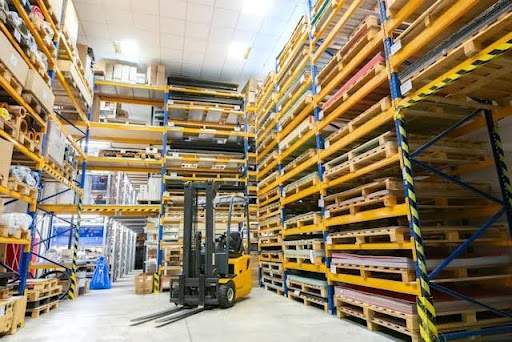
3. Drones for Efficient Inventory Audits
Drones are increasingly being used for inventory audits in large warehouses. They’re equipped with cameras and RFID readers and can quickly and accurately scan inventory. This reduces the time and labor required for manual checks and expediting project completion compared to traditional construction methods. Additionally, this innovation speeds up the auditing process and minimizes human errors.
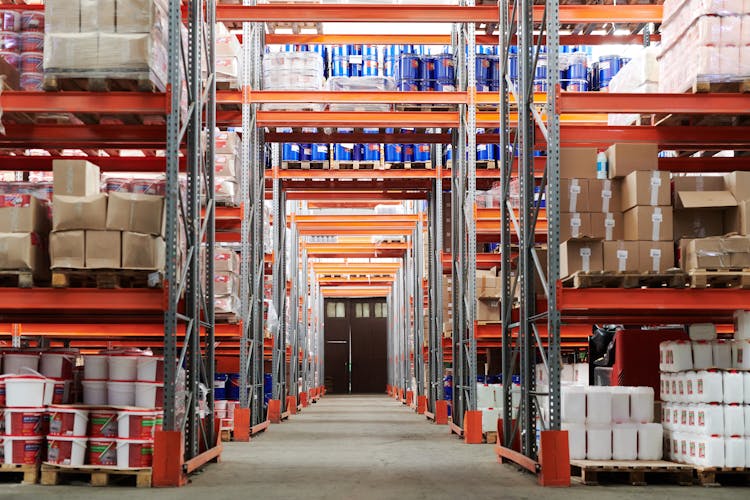
4. Smart Cameras for Advanced Security and Analytics
Smart cameras with AI and machine learning capabilities offer more than just security. They can analyze inventory levels, detect discrepancies and even monitor employee productivity. These cameras provide valuable insights that help streamline inventory management processes.
When implementing smart cameras or any new technology, don’t skip the discovery phase. Thoroughly understanding your needs and the specific capabilities of smart cameras is crucial. Evaluate the area within your inventory management that can benefit the most from AI-powered analytics. Conduct site assessments to determine optimal camera placements and ensure comprehensive coverage. Proper communication and handover with all parties involved are essential.
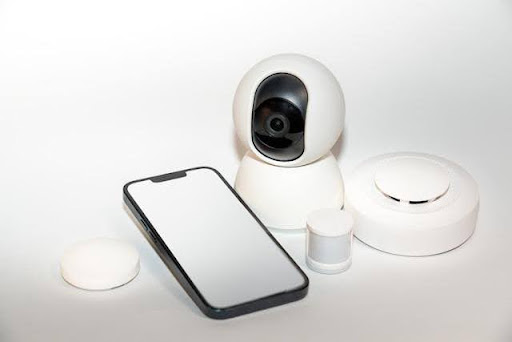
5. Environmental Sensors for Monitoring Storage Conditions
Environmental sensors monitor conditions such as temperature, humidity and light within storage facilities. Maintaining optimal conditions is crucial for perishable goods, pharmaceuticals and sensitive electronics. These sensors ensure inventory is stored in the best possible environment, preventing spoilage and damage.
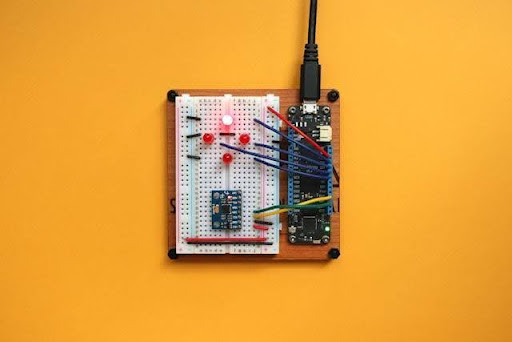
6. Automated Guided Vehicles (AGVs) for Autonomous Inventory Handling
AGVs are robots that transport goods within warehouses autonomously. They follow predefined paths and use sensors to navigate safely around obstacles. AGVs reduce the need for manual labor, lower operational costs and enhance inventory handling efficiency.
AGVs have boosted order fulfilment speed by 30% for e-commerce giants like Amazon and Alibaba. This significant improvement in efficiency enables faster order processing and delivery, greatly enhancing customer satisfaction and operational effectiveness.
“The use of AGVs has boosted order fulfilment speed for e-commerce giants like Amazon and Alibaba.”
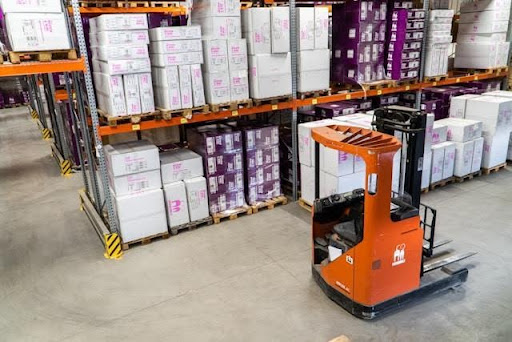
7. Wearable Devices for Enhanced Workforce Management
Wearable devices, such as smart gloves and wristbands, provide real-time data on workers’ movements and tasks. They can improve picking accuracy, monitor employee safety and optimize labor allocation. Wearables ensure employees work efficiently and safely, contributing to better inventory management and productivity.

8. Smart Shelves for Real-Time Stock Monitoring
Smart shelves are equipped with sensors that detect the presence and quantity of products. They can send alerts when stock levels are low, ensuring timely restocking and preventing stockouts. This technology enhances inventory accuracy and improves customer satisfaction by maintaining product availability.
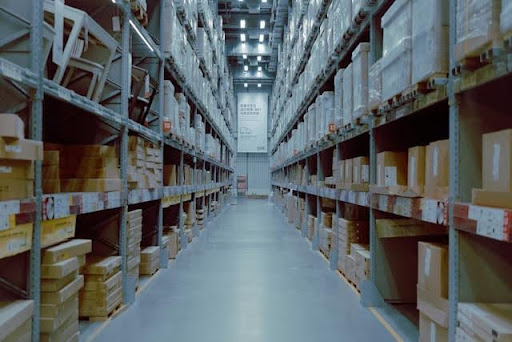
9. IoT-Connected Pallets for Smarter Logistics
IoT-connected pallets have sensors that track their location, movement and even the condition of the goods they carry. These smart pallets provide valuable data for optimizing logistics, reducing shipping delays and ensuring the integrity of products during transit.
“IoT-connected pallets come with sensors that track their location, movement and even the condition of the goods they carry.”
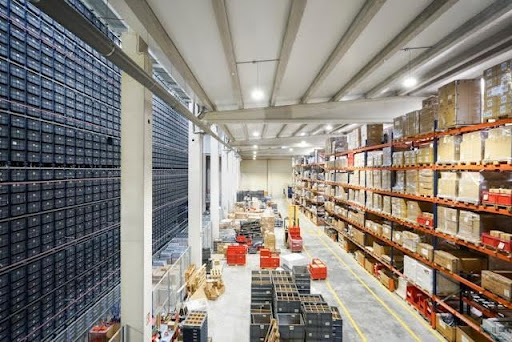
10. Predictive Maintenance Systems for Reducing Downtime
Predictive maintenance systems use IoT sensors to monitor the health of machinery and equipment in real-time. These systems help prevent downtime and maintain smooth warehouse operations by analyzing data and identifying potential issues before they lead to failures.
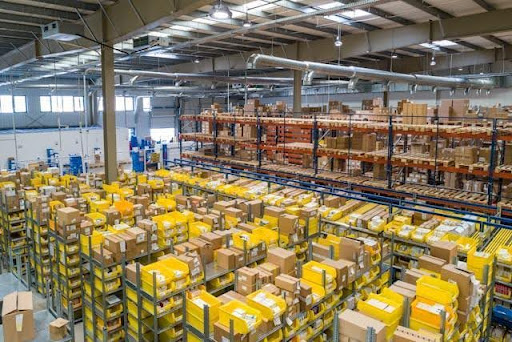
Harness the Power of IoT for Exceptional Inventory Management
The adoption of IoT devices is transforming inventory control, offering businesses unprecedented levels of cost-efficiency. From RFID tags to predictive maintenance systems, these technologies provide valuable insights and automation that streamline inventory management processes. Embracing IoT can help you ensure better stock management, enhance customer satisfaction and gain a competitive edge in the market.
Implementing these IoT devices can be a game-changer for your business, offering a seamless and highly accurate inventory control system. As technology evolves, staying ahead with the latest innovations will be vital to maintaining a robust and responsive supply chain.
Also Read How Does IoT Improve Efficiency in Business Communication?
- SEO Powered Content & PR Distribution. Get Amplified Today.
- PlatoData.Network Vertical Generative Ai. Empower Yourself. Access Here.
- PlatoAiStream. Web3 Intelligence. Knowledge Amplified. Access Here.
- PlatoESG. Carbon, CleanTech, Energy, Environment, Solar, Waste Management. Access Here.
- PlatoHealth. Biotech and Clinical Trials Intelligence. Access Here.
- Source: https://www.aiiottalk.com/iot-devices-transforming-inventory-control-in-businesses/



